Cheetah Metapopulation (Photo of Cheetah by David Swanepoel, Samara Private Game Reserve)
Between 1965 and 2009, 345 Cheetah were removed from farmland in Namibia and South Africa. They were used to establish the South African Cheetah Metapopulation, a network of fenced Cheetah reserves throughout the country.
In January 2009 a decision was made to stop the removal of Cheetah from farmland and make the Metapopulation self-sustaining.
A little more than a year ago, Vincent van der Merwe visited Rogge Cloof and the possibility to reintroduce Cheetah to Rogge Cloof, as part of the South African Cheetah Metapopulation Project, became an almost daily conversation topic.
The year that followed had numerous days where the red tape felt like super sticky tape with the power to slow down (or even sink), the whole project; however, not once did any of the role-players entertain the notion of giving up. Tenacity unstuck the sticky red tape bit by bit and today Vincent and Rogge Cloof are so close to realising this dream, that our skins are literally tingling!
The team is currently putting the finishing touches to the Cheetah Boma and if you close your eyes you can imagine a cheetah roaming the Boma, anticipating the first exciting run on the other side of the Boma fence, once released. Exhilarating!
Previously I've heard (and seen), the term 'Cheetah metapopulation' in some of the conversations and I thought that I understood what it meant. Only in the last week, after I read through articles and research, which Vincent has supplied to us as part of the project, do I now understand the full meaning of the phrase and the immense dedication, passion and hard work that the Cheetah Metapopulation Project requires.
A managed 'Metapopulation' is a set of geographically isolated populations of the same species that exchange individuals through human-controlled movement. According to Vincent's information, the SA Cheetah Metapopulation was created over a period of years, by removing cheetah from farmland in Namibia and South Africa and moving them to a network of fenced Cheetah reserves throughout the country. In January 2009 a decision was made to stop the removal of Cheetah from farmland and to focus on making the Metapopulation self-sustaining.
Unfortunately, things didn't go as smoothly as everyone hoped after that decision. The Metapopulation numbers dropped from 329 to 274 Cheetah, in just three years. The reasons for the decline in numbers are varied and interesting, but I won't go into these now. The demand for Cheetah increased, but there were simply none available, as Cheetah were required to replace those lost on Metapopulation reserves and from new reserves wanting to reintroduce Cheetah.
Then, in June 2011, the Cheetah Metapopulation Project was launched by the Endangered Wildlife Trust, with the primary intention being to make the Metapopulation self-sustaining by addressing all the issues that had resulted in the Cheetah population decline.
The Cheetah Metapopulation Project is a collaborative project between all Cheetah reserves in South Africa and is coordinated by the Endangered Wildlife Trust. The project is funded by National Geographic, St Louis Zoo, Columbus Zoo, Scoville Zoo and other generous bequests. What a tremendous privilege for Rogge Cloof, Sutherland to now become one of the SA Cheetah Reserves that form part of this collaboration!
Before I get too carried away, let me try and finish off for now, with a little bit of info on the history of Cheetah in the Northern Cape and Roggeveld area (again courtesy of Vincent van der Merwe).
The Cheetah was recorded on the South Africa side of the Orange River near Goodhouse by Backhouse (1844). Shortridge (1942) reported that Cheetah were still present in the Bushmanland and Kenhardt Districts in 1936. He also reports that formerly Cheetah were “said to have preyed upon ostriches on the plains east of Kamiesberg”, in the vicinity of the present day Namaqua National Park. Jackson (1919) writes that in the 1860's Cheetah were “very destructive” to local livestock farming efforts in Beaufort West and that they were pursued and killed when encountered on horseback. This is the closest documented record for Cheetah to the Sutherland region, exactly 170 km East of Rogge Cloof.
In our next Blog on the Rogge Cloof Cheetah reintroduction Project: meet Shadow..........a four year old male Cheetah, that has a combination of Kalahari and Lowveld Cheetah genetics. He is absolutely magnificent and we can't wait to welcome him to Rogge Cloof!
The beautiful photograph of Shadow, as featured in this Blog, was taken by David Swanepoel, from Samara Private Game Reserve.
Further Reading
Dispelling Myths…. and big changes ahead!

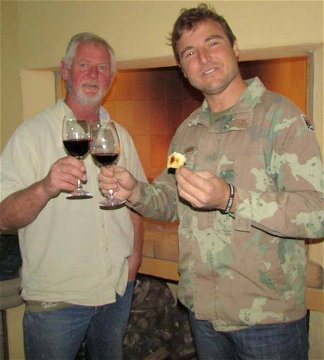
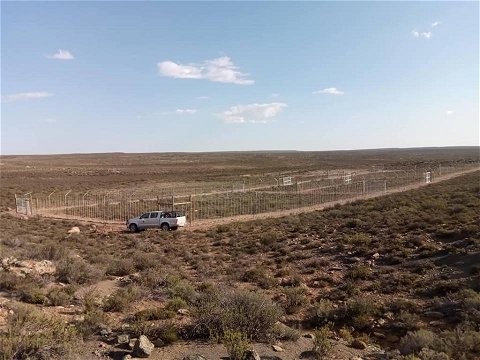

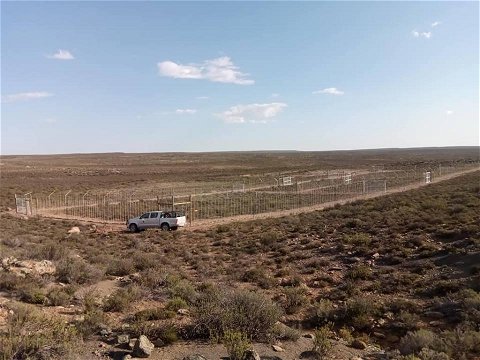

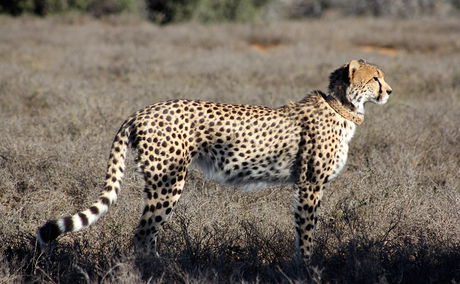

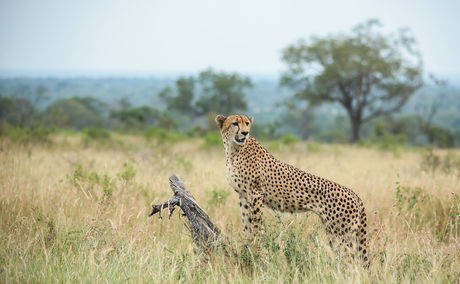

Share This Post